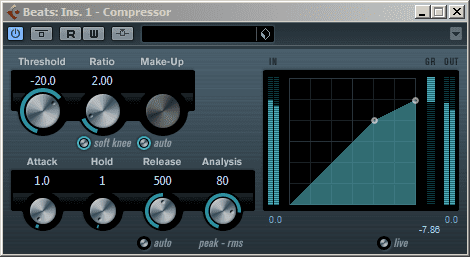

And the bottom of your mix-below 150 Hz-will often be masked by the bass. The knock might be masked by some of your lower instruments. The vocals or guitars might mask the click of your kick. So there are a lot of potential instruments in your mix that might mask part of your kick. In other words, a kick drum can potentially have important content in almost the entire frequency spectrum. Not to mention, if it’s distorted, it might have some “gritty” harmonics a little above each of these regions. And it might even have some “air” above 5k.It probably has “click” or “attack” in the 3 – 5k range.It might have some “knock” in the 600 – 900 Hz range.It probably has body around 80 – 150 Hz.It probably has sub-bass in the 20 – 60 Hz region.A kick drum is an example of a sound you definitely want to cut through the mix, rather than blending in with everything else-especially in EDM or hip hop (or current pop music, which is strongly influenced by EDM and hip hop).Ī kick drum takes up a lot of space in the frequency spectrum. Sometimes you want sounds to blend and run together, but often you want separate things to sound separate. The term for that is “masking”-sounds covering each other up. As I discussed in an earlier article, if two instruments occupy the same space at the same time, you won’t be able to hear them both. What do you do? Why isn’t your kick cutting through if it sounds great on its own? You don’t have any more headroom to turn up the kick-if you do, you’ll either have to limit your mix so much that it sounds awful, or you’ll have to deal with the rest of your mix being really quiet. Let’s say your kick drum sounds great on its own, but it isn’t cutting through the mix quite enough. But what is sidechain compression, how does it work, and how can you use it in your mixes? It Goes Back To Arrangement You may have heard about sidechain compression as a tool used to get your kick drums pumping through the mix, especially in EDM. Set it to All or however it’s labeled in L9.How To Use Sidechain Compression To Make Kicks Cut Through The Mix

Logic Preferences>Audio>Plug-in Latency. You can use the Dr Grp and Comp Dru faders to adjust the balance of dry and processed drum sounds. Rather, change the channel output from Stereo Out to Bus 15-16 in your case, to feed the drum master. Use the tiny Sends control to adjust volume.Ģ. Set the Dr Grp and Comp Dru channels to "No Output" rather than Stereo out. You're routing these channels to two separate locations!ġ. The big issue at this point is the Dr Grp and Comp Dru channels are set to Stereo Out while also being routed via Bus 15-16 to your drum master.

I’m assuming the Sends of Dr Grp and Comp Dru (Bus 15-16) feeds your drum master channel which isn't visible in the screen shot. You’re using Sends to Bus 21-22 to feed the Comp. What I’m seeing in your screen shot above is that you’re routing the kick/snare/OH/Room channels to a bus (Superior M.) which feeds the Dr.


 0 kommentar(er)
0 kommentar(er)
